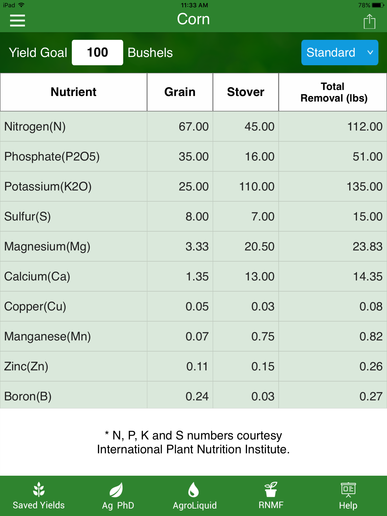Cosmo Farms
New User
The rain and flooding have finally broke, and although late I got my first field of sweet corn in the ground last night just before the rain! The old IH 2 row planter worked great! I may have had the sprockets and chains a little off as my corn is probably planted 6" but it will do.
My concern now is the application of a kick start fertilizer. I did not use the fertilizer bins on my 2 row as I have read many of the posts on here that people have completely burned out their corn with using the old hoppers as the application rates are just too high for today's fertilizers. So right now no fert is on this ground.
I really should order a darn soil test one year, but I have had ok results with soy beans on this field for the last few years. I do have a bunch of liquid 20-0-0 spray, I am also reading online to use 10-34-0. My dairy friend swears by using 19-19-19, I'm even seeing others mention using 46-0-0 fert!
I also seem to always be limited with the types of fertilizer I can get locally, 20-0-0, 10-10-10, sometimes I can find 13-13-13.
Any tips and recommendations? With my new sprayer I am perfectly fine using liquid instead of having to broadcast pellets. In a 4-6 weeks I plan on running the cultivator through the rows for hopefully very little weeds and hitting a side dressing of fert. I'm guessing with a side dressing, I want something more slow released so I'm better with granular application?
My concern now is the application of a kick start fertilizer. I did not use the fertilizer bins on my 2 row as I have read many of the posts on here that people have completely burned out their corn with using the old hoppers as the application rates are just too high for today's fertilizers. So right now no fert is on this ground.
I really should order a darn soil test one year, but I have had ok results with soy beans on this field for the last few years. I do have a bunch of liquid 20-0-0 spray, I am also reading online to use 10-34-0. My dairy friend swears by using 19-19-19, I'm even seeing others mention using 46-0-0 fert!
I also seem to always be limited with the types of fertilizer I can get locally, 20-0-0, 10-10-10, sometimes I can find 13-13-13.
Any tips and recommendations? With my new sprayer I am perfectly fine using liquid instead of having to broadcast pellets. In a 4-6 weeks I plan on running the cultivator through the rows for hopefully very little weeds and hitting a side dressing of fert. I'm guessing with a side dressing, I want something more slow released so I'm better with granular application?


